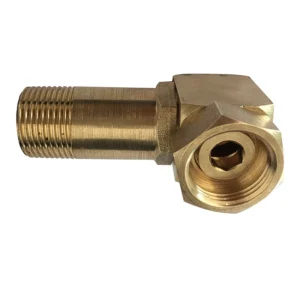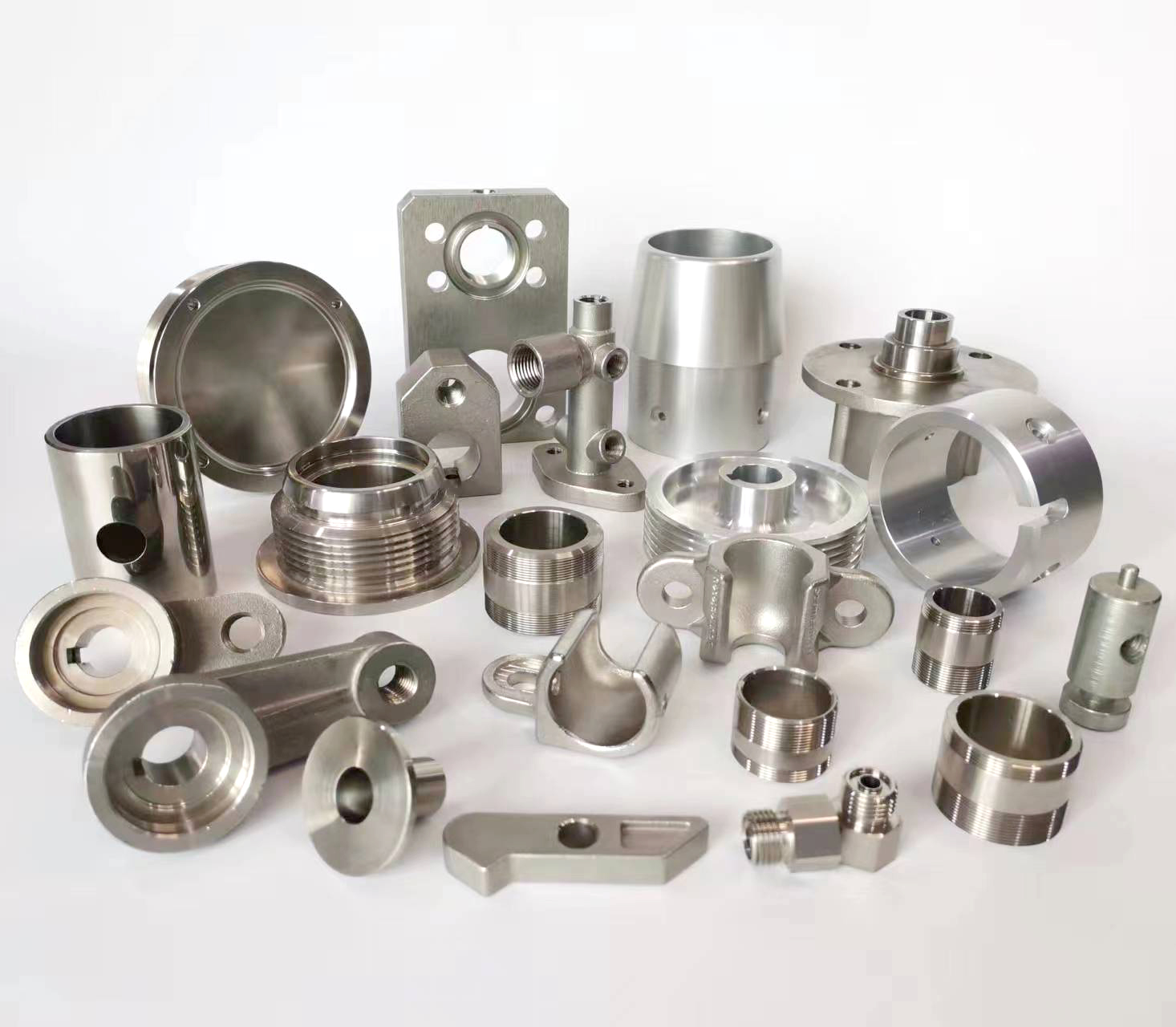
Here’s a comprehensive explanation of the metal tapping process:
Tapping Metal Components: A Step-by-Step Guide
Tapping is the machining process of cutting internal threads into a pre-drilled hole in a metal workpiece using a tool called a tap. It’s essential for creating threaded holes to accept screws, bolts, or studs.
Key Components & Tools:
Tap: A hardened, threaded cutting tool. Types include:
Taper Tap: Gradual taper for starting threads easily (most common starter).
Plug Tap: Moderate taper for continuing threads after a taper tap.
Bottoming Tap: Minimal taper for threading to the bottom of a blind hole (used last).
Tap Wrench: Holds and turns the tap manually (T-handle or adjustable).
Drill Press or CNC Machine: For machine tapping (higher precision/speed).
Tapping Fluid/Cutting Oil: Essential for lubrication, cooling, chip evacuation, and extending tap life.
Correct Drill Bit: Creates the pilot hole (tap drill hole). Its diameter is critical and is smaller than the tap’s major diameter.
The Tapping Process:
Select Tap & Determine Pilot Hole Size:
Choose the tap based on required thread size (e.g., M6x1, 1/4″-20) and type (metric/imperial, coarse/fine).
Calculate the correct tap drill size using standard formulas/tables:
Metric: Tap Drill Diameter ≈ Major Diameter – Pitch
Imperial (Inch): Tap Drill Diameter ≈ Major Diameter – (1 / Threads Per Inch)
Example: For an M6x1.0 tap (6mm major diameter, 1mm pitch), the tap drill is ≈ 5.0mm.
Drill the Pilot Hole:
Securely clamp the workpiece.
Drill the hole to the calculated diameter using a sharp drill bit.
Drill deeper than the required thread depth (especially for blind holes) to allow for chips and the tap’s incomplete tip threads.
Apply Cutting Fluid:





